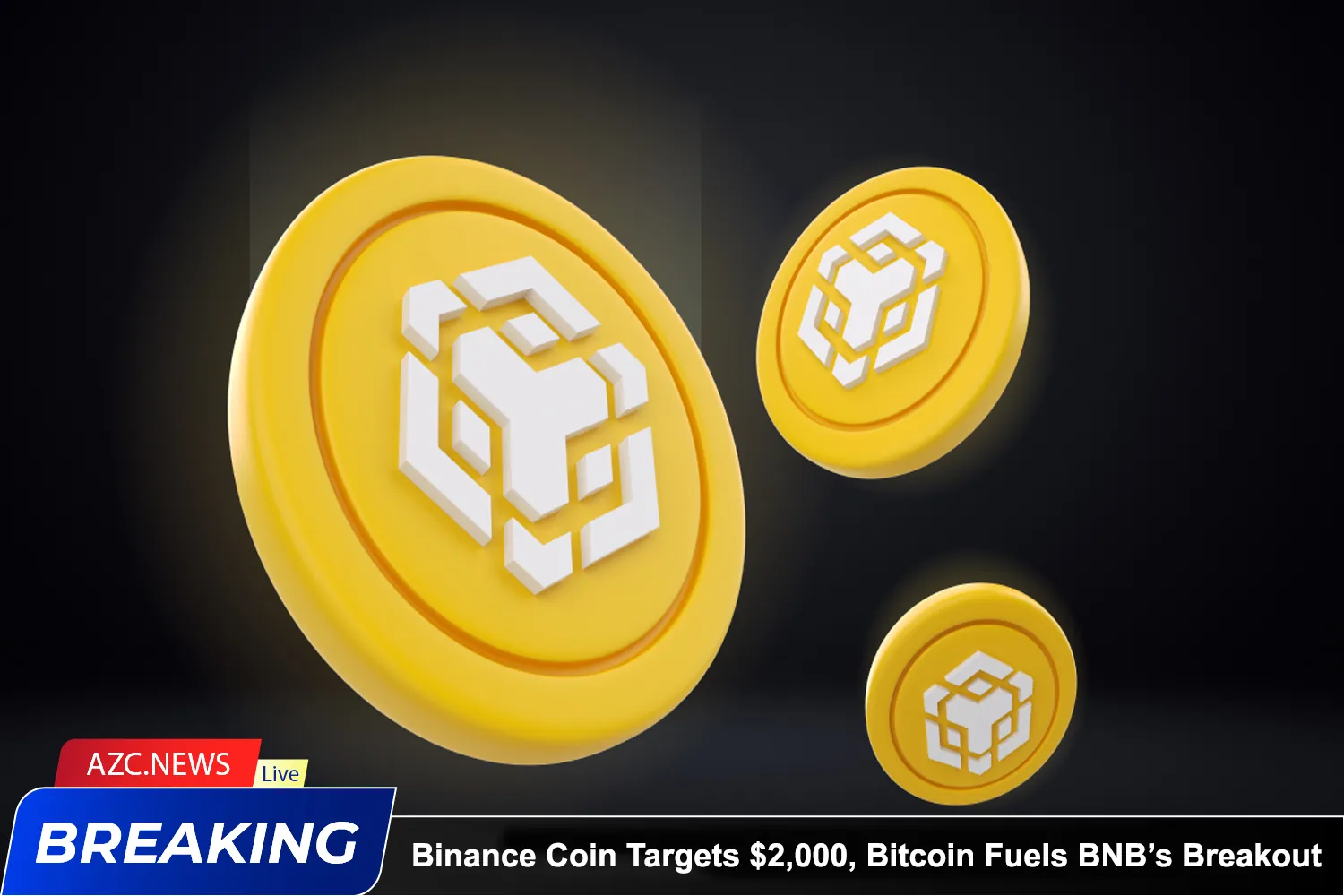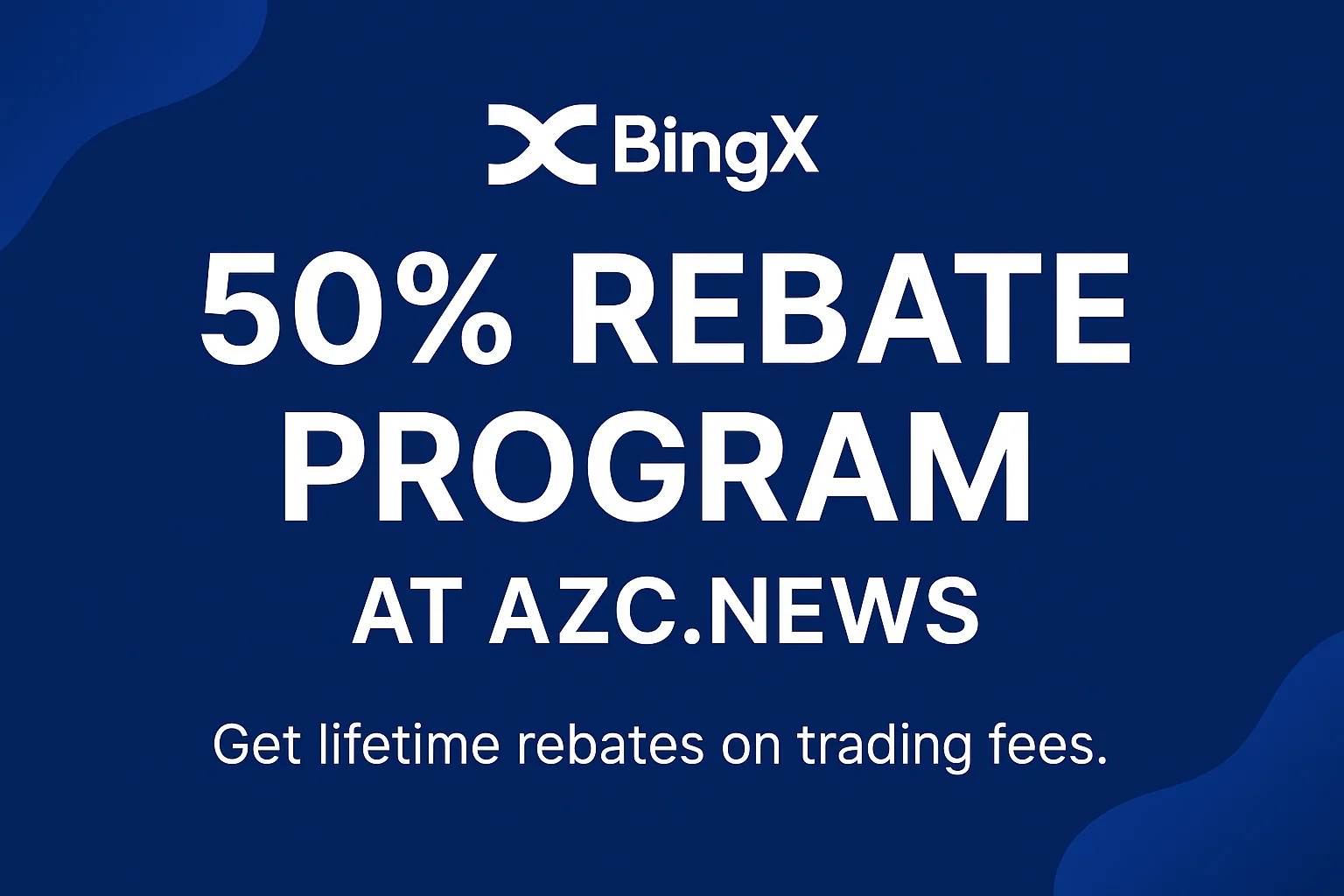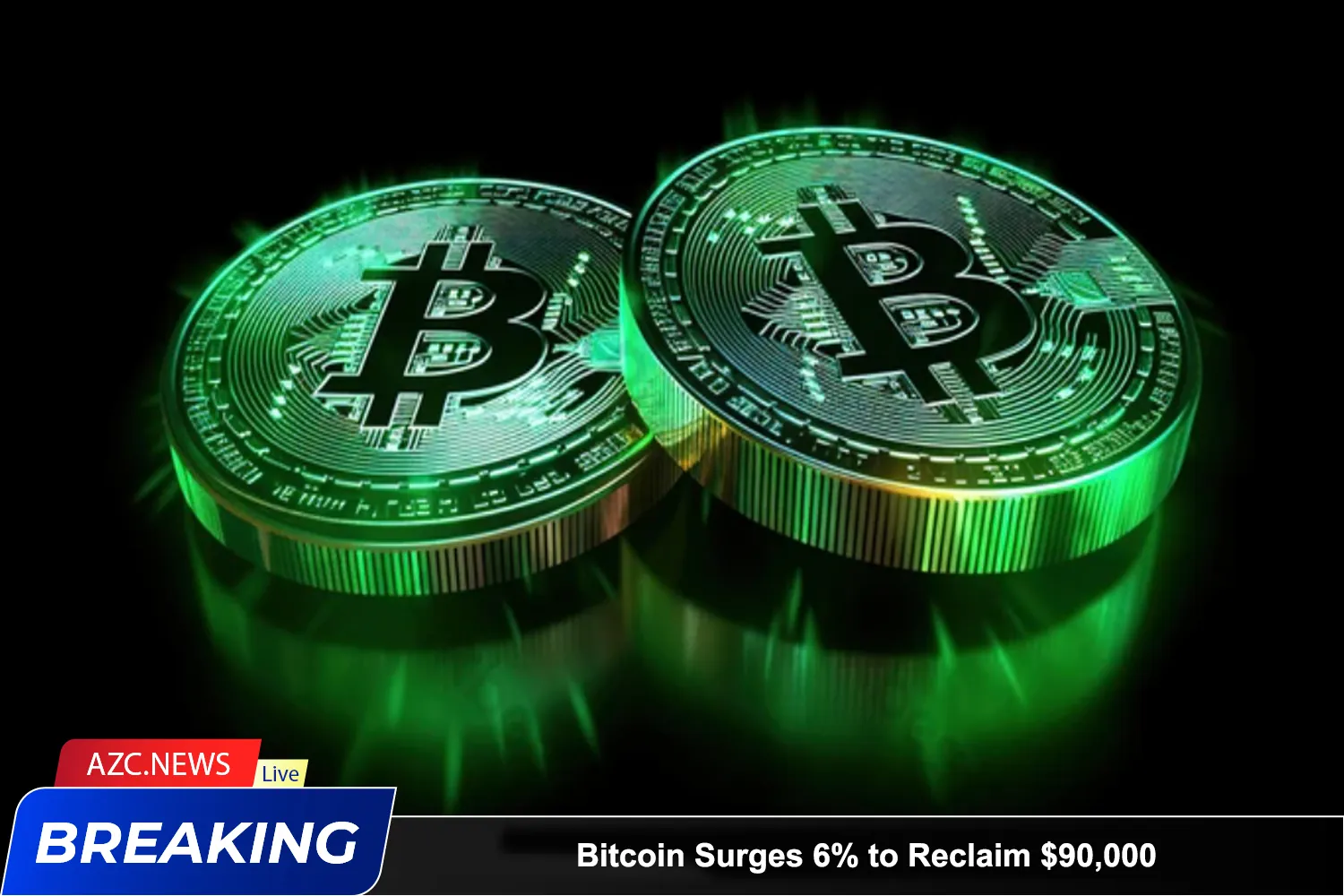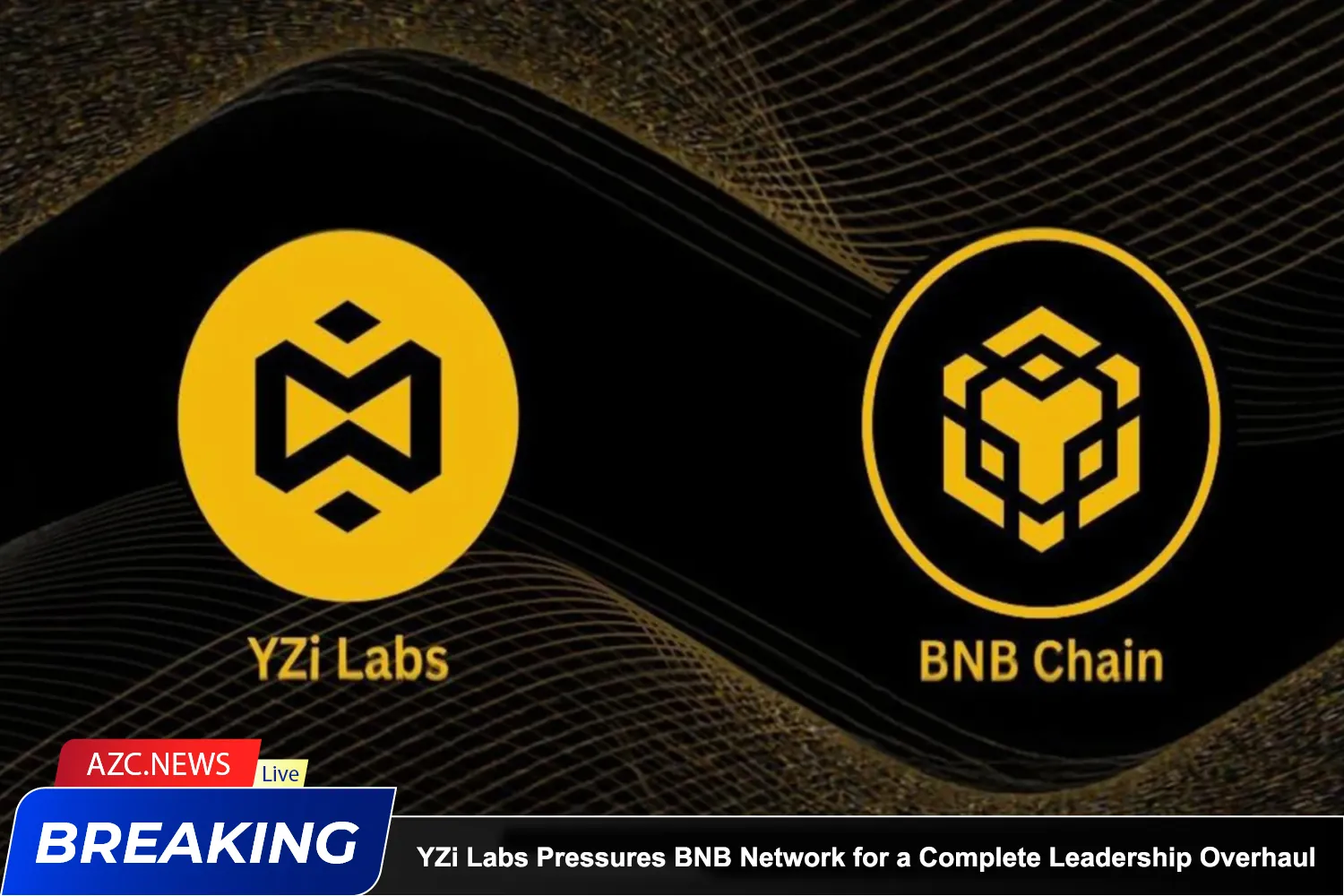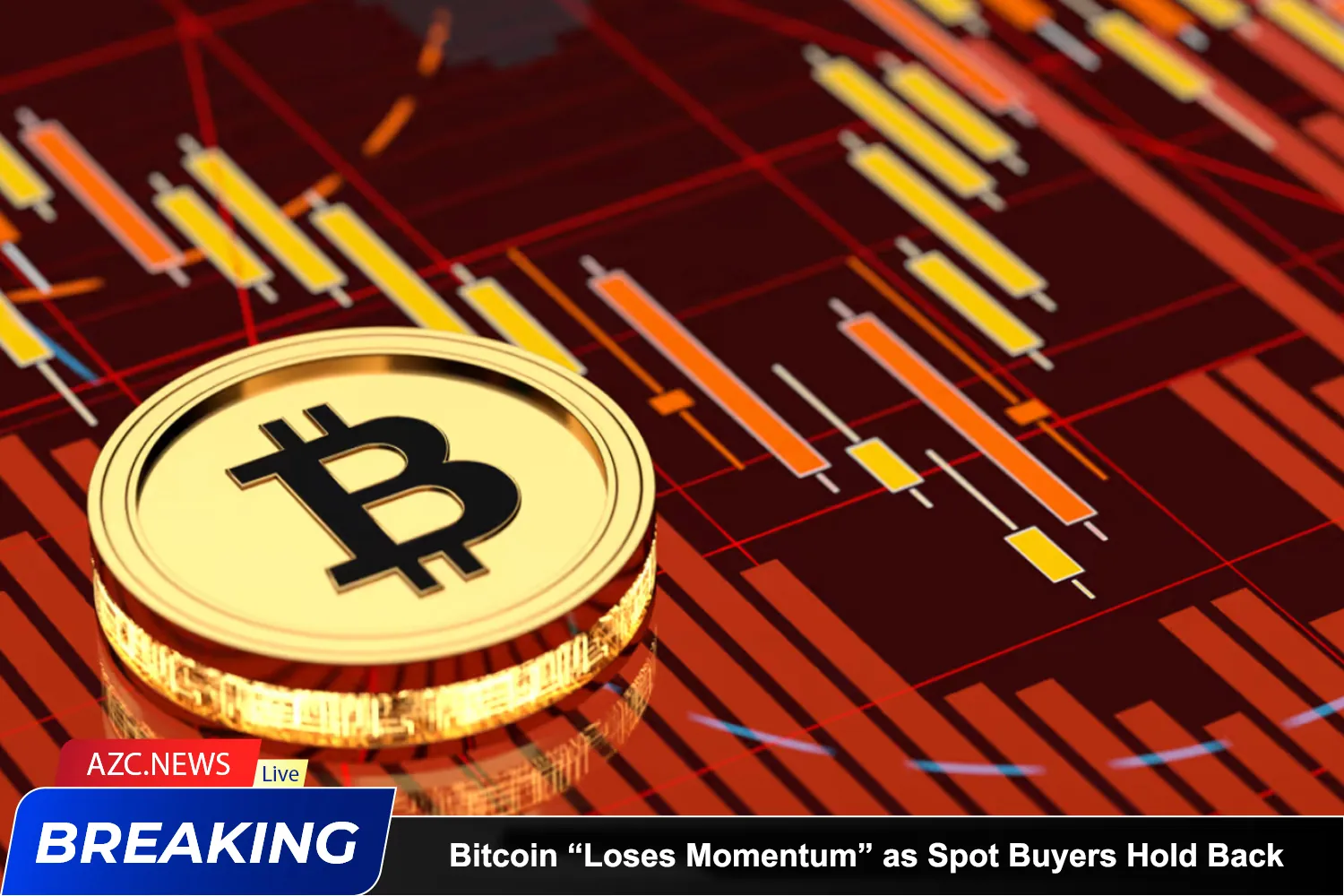How high can BNB go this cycle?
The native token of the world’s largest centralized exchange could surpass $1,500 and even aim for $2,000, provided that Bitcoin and overall market conditions remain favorable in the coming months.
If a correction occurs, the $950–$1,000 range will likely serve as the first demand zone, followed by the $800 support level, which analysts recommend keeping an eye on.

On September 21, Binance Coin reached a new all-time high (ATH) of $1,079. From here, the next target lies at $1,187, which aligns with the next Fibonacci extension level.
In the short term, price could retrace to $1,040 or $1,000 to seek liquidity. However, the strong “magnetic” zone around $1,100 suggests that BNB may push higher and establish fresh ATHs within the next 24–48 hours.
Long-term outlook for BNB
On the daily chart, Binance Coin’s structure and momentum appear strongly bullish. BNB is currently in price discovery mode, while Bitcoin is hovering around $115,000 without showing overheated on-chain signals, leaving room for further growth.

On the weekly chart, the token’s strength has been evident since July. The $740 level, which acted as a tough resistance since November 2024, was decisively broken. After the breakout, BNB retraced to test the upper boundary of a fair value gap in August before rebounding strongly—a highly positive sign that highlighted buyer dominance.
Moving averages and the Awesome Oscillator both confirm a firmly bullish momentum on higher timeframes.
A cycle worth comparing
In the previous bull cycle, BNB accumulated for nearly 18 months below $40 before exploding in early 2021, climbing to $280 and eventually peaking at $691. Currently, the token has spent about eight months consolidating below $750, which draws a notable parallel.
However, given BNB’s much larger market capitalization today, its price moves may not be as swift or dramatic. Still, the token retains the potential to surprise investors.
Therefore, trying to “call the top” now may be premature—at least until Bitcoin’s on-chain metrics begin flashing signs of overheating.

